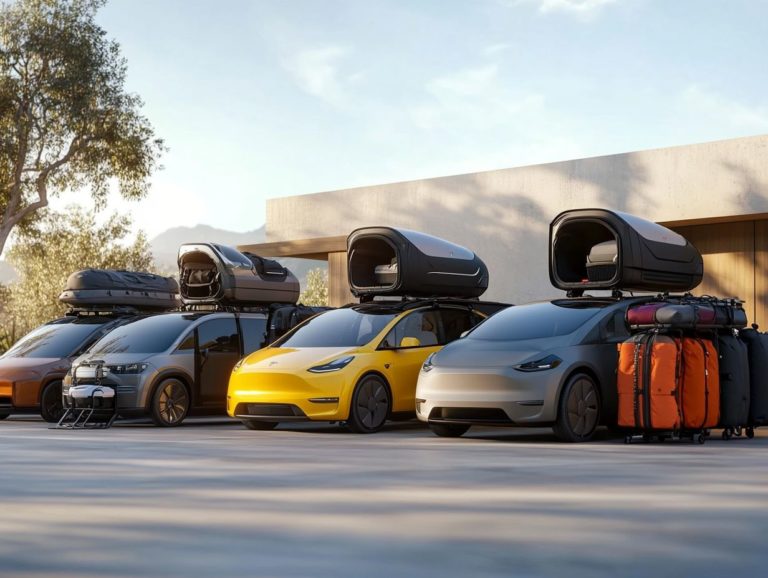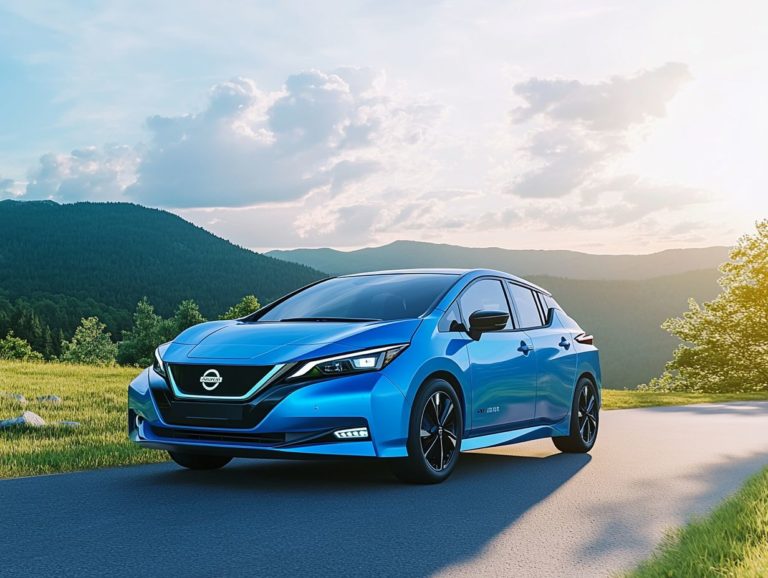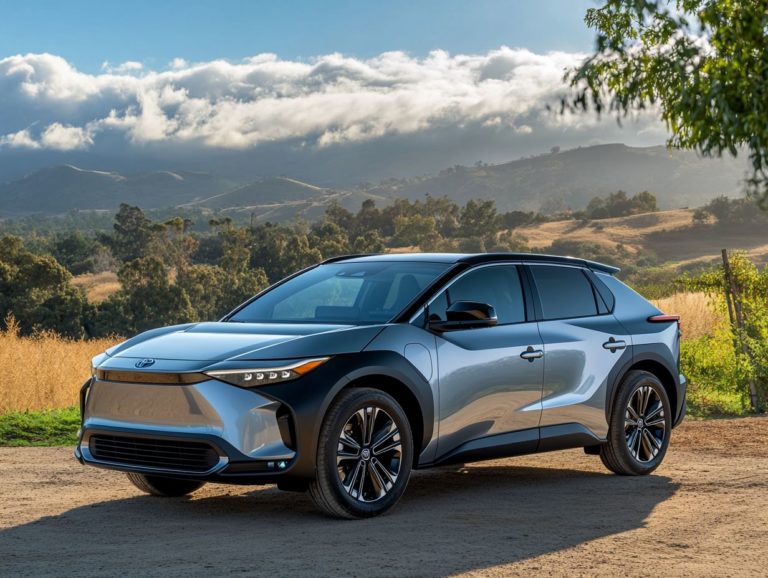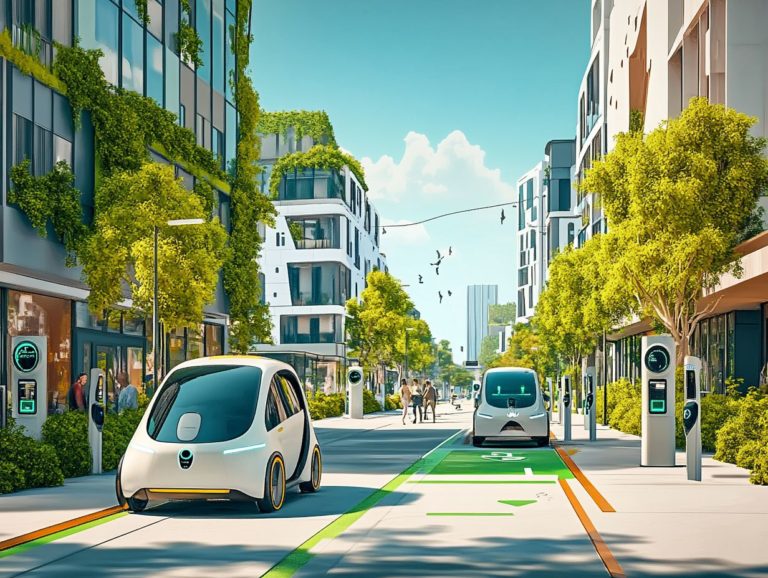Understanding EV Charging Levels: A Simple Guide
As electric vehicles (EVs) gain traction in today s market, understanding the details of different charging levels becomes paramount for both new and seasoned EV owners.
This guide meticulously delineates the three primary charging levels Level 1, Level 2, and Level 3 each with its distinct features and advantages. It delves into crucial considerations you should keep in mind when selecting a charging level, such as vehicle compatibility and charging time.
Discover valuable insights into the costs linked to each level, empowering you to make informed choices that pave the way for long-term savings.
Continue reading to confidently navigate the intricate landscape of EV charging.
Contents
Key Takeaways:
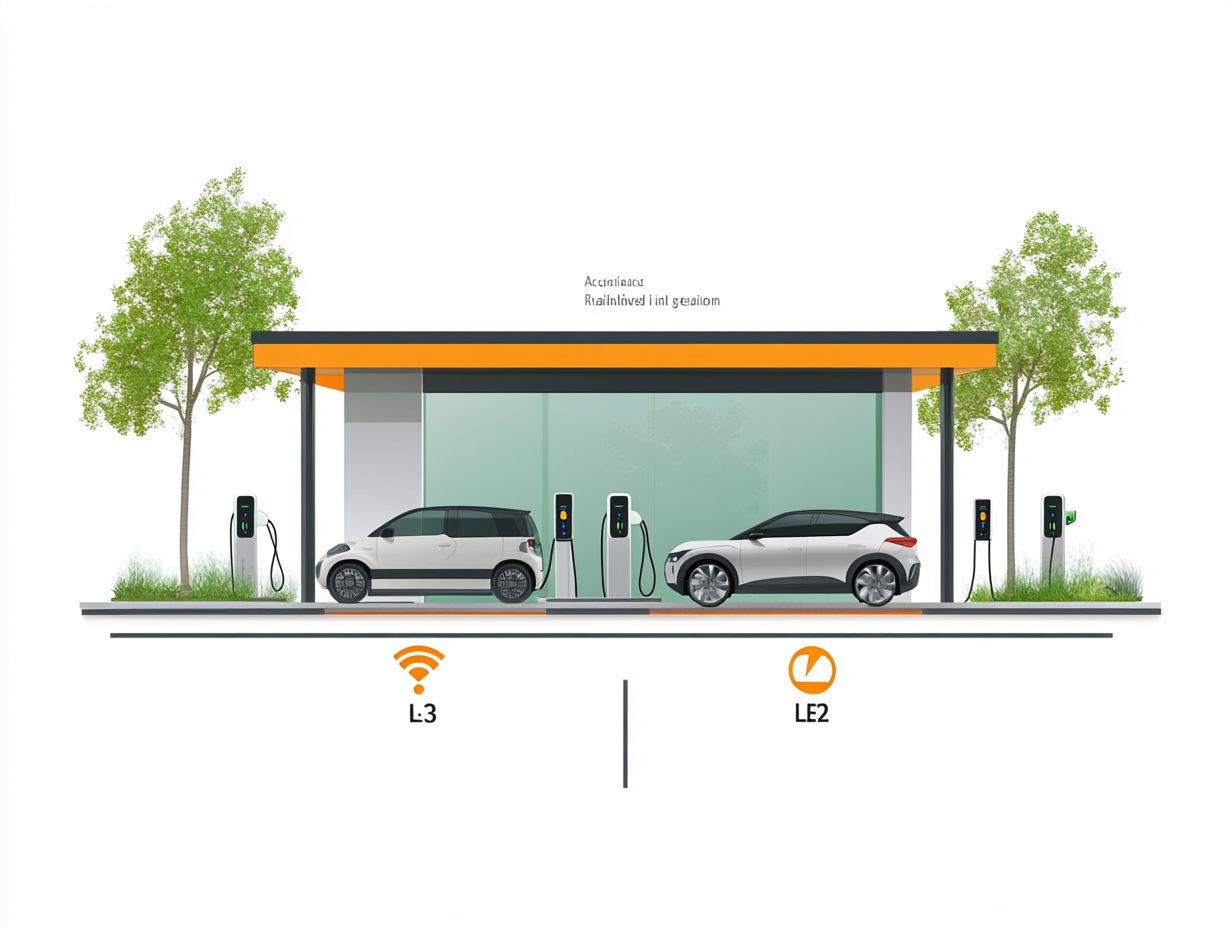
- Level 1 charging is the most basic and slowest form of EV charging, using a standard household outlet.
- Level 2 charging is the most common and convenient option for daily charging, providing faster charging times and more features.
- Level 3 charging, also known as DC fast charging, is the fastest option but may not be compatible with all EVs and can incur higher initial costs.
What are EV Charging Levels?
Electric Vehicle (EV) charging levels are divided into three primary categories: Level 1, Level 2, and Level 3. Each type presents unique benefits and varying charging speeds, all dependent on the configuration of the EV supply equipment (the hardware used for charging electric vehicles).
As an EV owner, understanding these charging levels is essential; they influence not only efficiency and installation costs but also compatibility with notable electric vehicles like the Tesla Model Y and Chevy Bolt. Your choice of charging level will significantly impact both the charging duration and your overall experience with electric mobility.
Level 1 Charging
Level 1 charging, which employs a standard NEMA 5-15 outlet, presents an effortless home charging solution for electric vehicle (EV) owners. This method typically yields approximately 4 to 5 miles of range for every hour of charging, making it particularly suitable for overnight use.
Features & Benefits
Level 1 charging presents a host of appealing advantages, chief among them being its low installation costs and the convenience of utilizing existing household outlets to power your electric vehicle (EV).
This makes it an excellent option for individuals who may lack access to dedicated charging stations or prefer to avoid the financial commitment of more intricate setups. With charging times that harmonize perfectly with your daily commuting routine, you can simply plug in your vehicle at home overnight, ensuring a fully charged battery by morning.
As a budget-friendly solution, Level 1 charging significantly cuts energy expenses compared to traditional gasoline vehicles, all while enhancing overall energy efficiency. By offering these benefits, Level 1 charging establishes itself as a sensible first step in the diverse landscape of EV charging options, particularly appealing for urban residents or those with shorter driving ranges.
Level 2 Charging
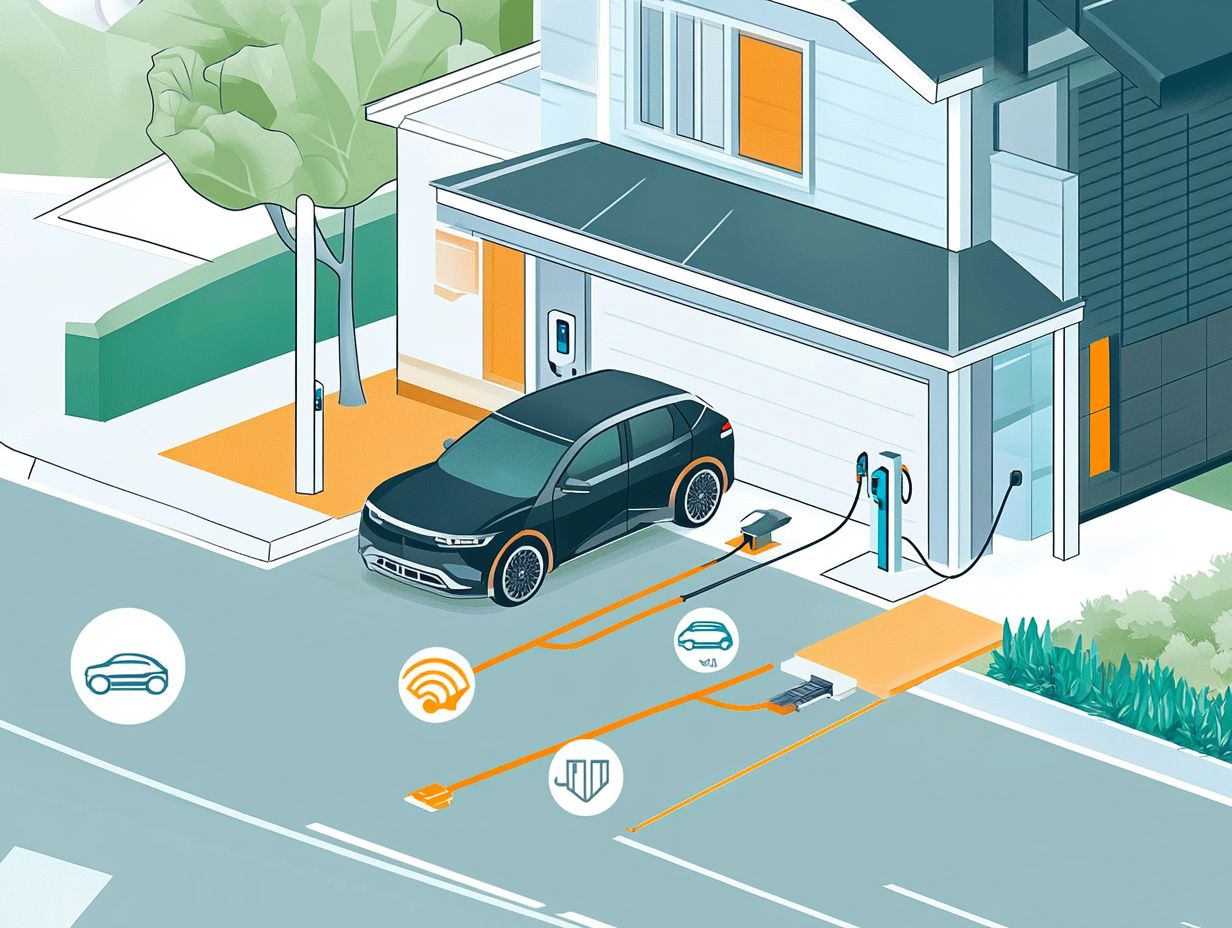
Level 2 charging employs a NEMA 14-30 outlet, commonly located at public charging stations. This setup provides a substantial increase in charging speed, typically delivering 25 to 30 miles of range per hour.
This capability is crucial for longer journeys and ensures quicker turnaround times, enhancing your overall travel experience.
Features & Benefits
Level 2 charging offers you faster charging speeds and compatibility with a wide array of electric vehicles (EVs), making it an incredibly versatile choice for both home and public charging stations.
What sets this charging method apart is its ability to significantly reduce downtime, allowing you to replenish your battery in just a few hours instead of waiting overnight. With smart energy monitoring features, you can effortlessly track your energy consumption and even schedule your charging sessions during off-peak hours, helping you save on utility costs.
Level 2 chargers are engineered to support various models, from the Tesla lineup to popular pickups like the Ford F-150 Lightning. This means you can take full advantage of advanced technology for a more efficient and convenient charging experience, tailored specifically to your needs.
Level 3 Charging
Level 3 charging, often referred to as DC fast charging, offers the most efficient charging solution for electric vehicles (EVs). Using powerful charging systems like CCS1 (Combined Charging System 1) and ChaDeMo (Charge de Move), you can charge up to 100 miles in just 30 minutes! It’s the ultimate solution for your long-distance travels get ready to hit the road!
Features and Benefits
The primary benefits of Level 3 charging are impressive. It offers ultra-fast charging speeds and supports a rapidly expanding network of public charging stations. This enhancement significantly boosts the convenience of using electric vehicles (EVs).
With this revolutionary charging technology, you can dramatically reduce downtime, recharging your vehicle in mere minutes instead of enduring long waits. Its seamless integration with renewable energy sources aligns beautifully with global sustainability goals, providing an eco-friendly option for those transitioning to electric mobility.
Level 3 charging encourages widespread adoption of EVs and ensures that you have access to a reliable and efficient infrastructure. The appeal of Level 3 charging is clear: it transforms the driving experience, making electric vehicles more practical and accessible for everyone.
Factors to Consider When Choosing a Charging Level
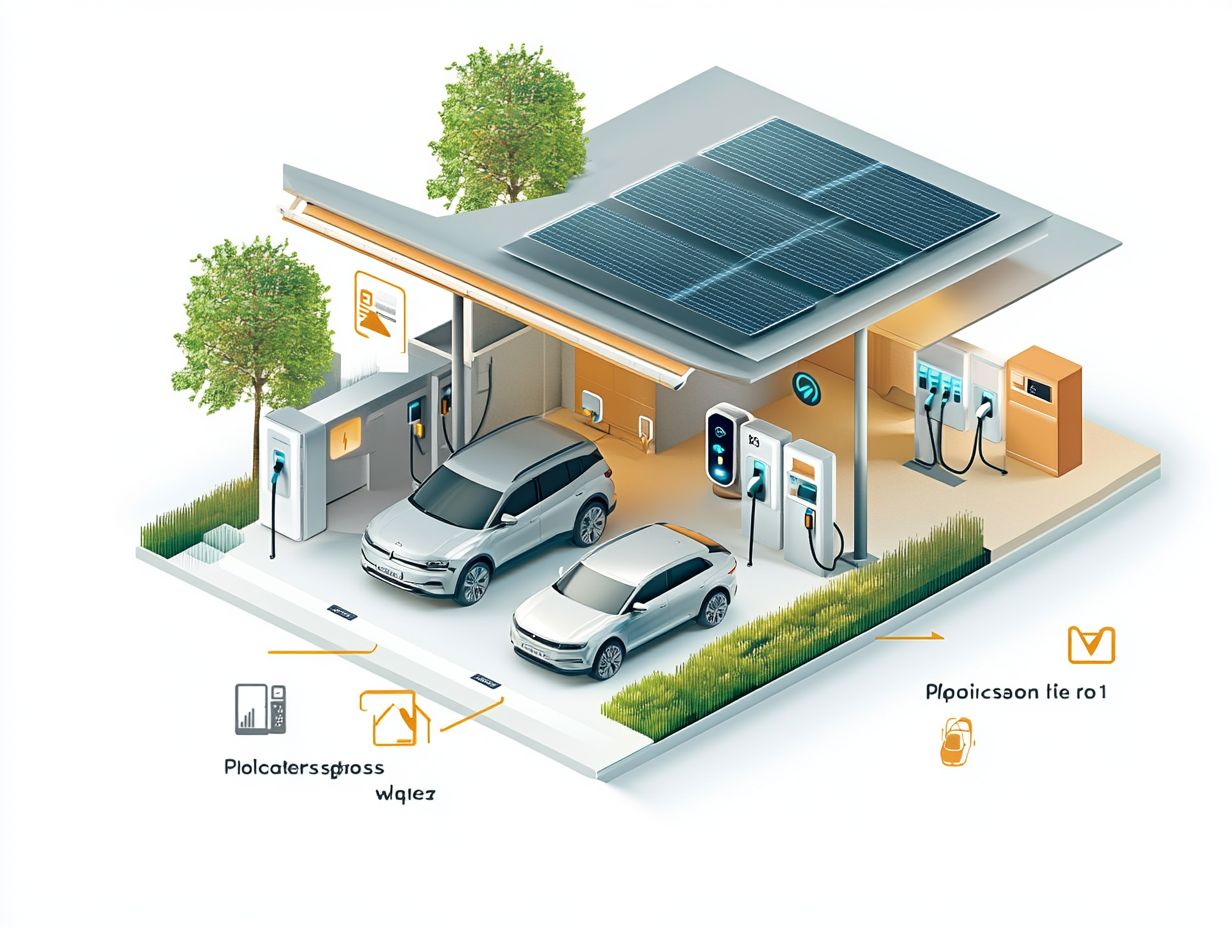
Choosing an EV charging level? Consider these key factors! You’ll want to think about your electric vehicle’s compatibility with various charging technologies, the anticipated charging time, and the benefits these options provide for battery management and longevity.
Making informed decisions in these areas can significantly enhance your overall charging experience and extend the life of your battery.
Vehicle Compatibility and Charging Time
Vehicle compatibility is crucial in determining charging time. For instance, models like the Tesla and Chevy Bolt come with varying charging capabilities that can significantly impact overall efficiency.
This variation in specifications affects how quickly you can recharge your vehicle and highlights the importance of understanding different charging levels Level 1, Level 2, and DC fast charging. Each EV model has its own distinct charging architecture, which may dictate whether a standard home outlet will suffice or if you need a specialized charging station.
Advancements in battery technology, such as the emergence of solid-state batteries in upcoming models, promise even faster charging times, making EVs more convenient for your needs. By considering these factors, you can align your choices with your driving needs and lifestyle.
Costs of Different Charging Levels
The costs associated with various EV charging levels can vary significantly. Installation expenses often mirror the complexity and technology of the EV supply equipment (EVSE) needed for each level.
This variation can have a substantial impact on the long-term savings you experience as an EV owner.
Initial Investment and Long-Term Savings
Grasp the initial investment for each charging level to unlock long-term savings. While higher upfront costs for Level 2 and Level 3 installations may seem daunting, they often lead to greater efficiency and lower electricity bills over time.
By carefully weighing your options, you can make informed decisions about your charging infrastructure. The lower operational costs associated with these advanced chargers typically surpass the initial setup expenses in the long run. Not only do they facilitate faster charging times, but they also contribute to reduced energy consumption, further enhancing overall efficiency.
As energy prices fluctuate, selecting the right charging level can serve as a buffer against rising costs. Ultimately, this transforms what may initially appear as a hefty investment into a savvy financial decision that rewards you with ongoing savings and environmental benefits.
Frequently Asked Questions
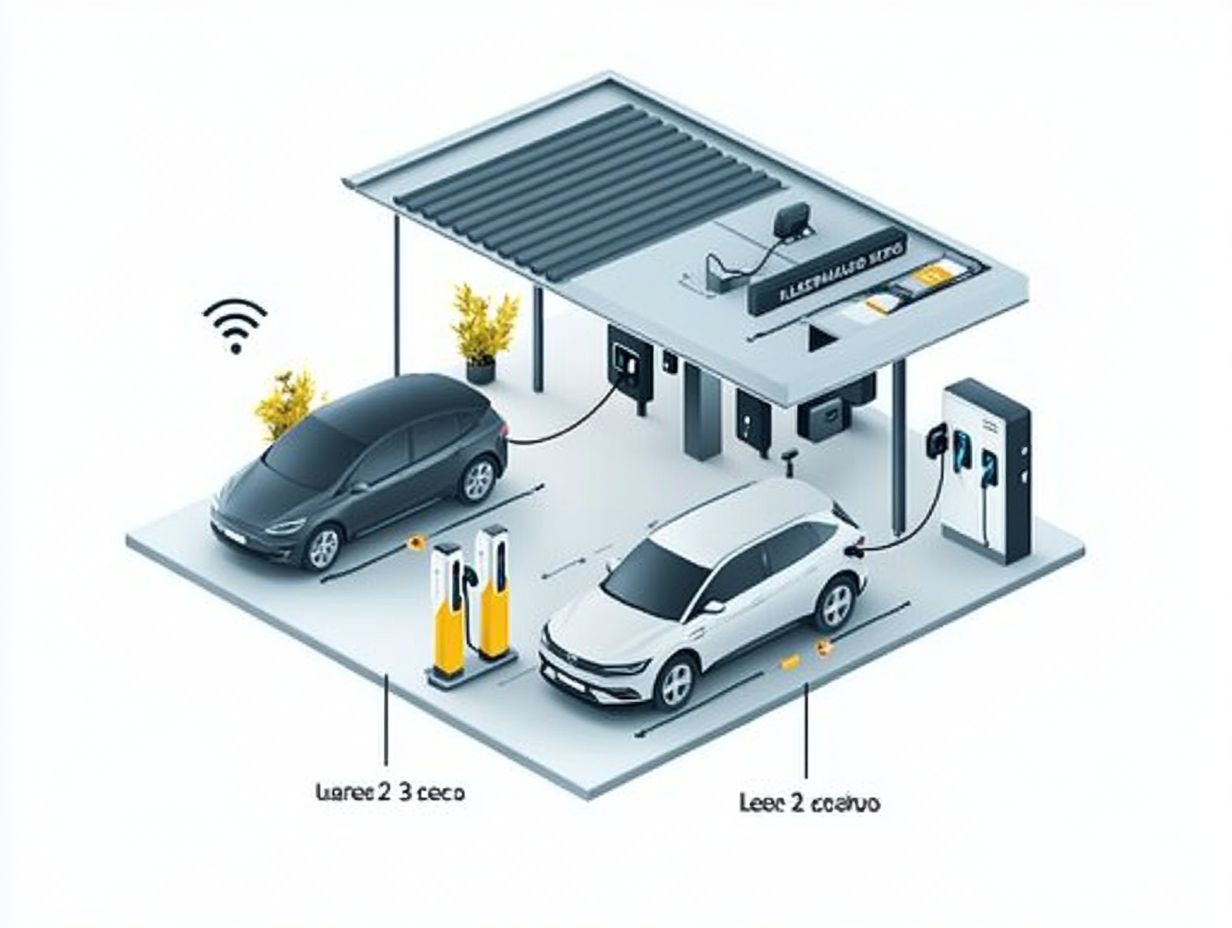
What are the different EV charging levels?
There are three main charging levels for EVs: Level 1, Level 2, and Level 3. Each level has a unique charging speed and requires specific equipment.
What is Level 1 charging?
Level 1 charging is the slowest option. It uses a standard household outlet and the charging cable that comes with your EV, providing around 4-5 miles of range per hour.
What is Level 2 charging?
Level 2 charging is the most common option. It uses a 240-volt outlet and can give you about 25 miles of range per hour.
What is Level 3 charging?
Level 3 charging, or DC fast charging, is the quickest method. It can charge your battery to 80% in just 30 minutes with high-powered stations.
Can I use any level of charging for my EV?
This depends on your EV model and what it supports. Check your manual or consult the manufacturer to see which levels are compatible with your vehicle.
Is one level of charging better than the others?
Your choice depends on your needs. Level 1 charging is slow but requires no extra equipment, while Level 2 is faster and requires installation. Level 3 is the quickest but might not be available everywhere.

